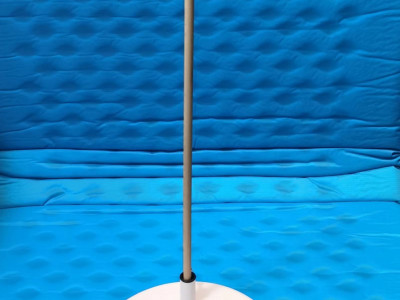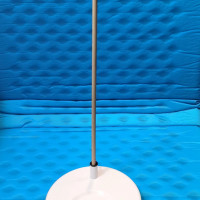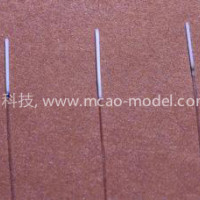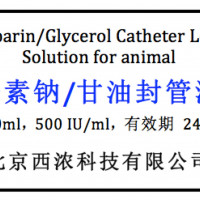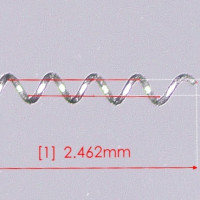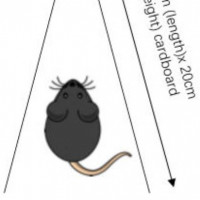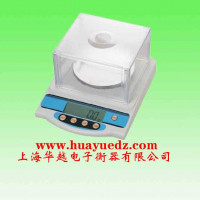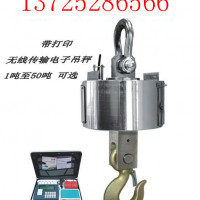
The pole test is an easy test to assess the overall locomotor function in rodents. It was initially developed on mice to study bradykinesia and later adapted to stroke studies. Although the pole test has been used in rats for other studies, it is seldom used in rat stroke models. This is possibly because rats are heavier than mice, which makes them unable to perform the task after stroke. In this test, a mouse is placed on the tip of an 8mm (diameter) x 50cm (length) wooden pole with its head upward. The mouse then tries to descend to the floor by turning its head downward. The latency to make the turn (Tturn) and the time to descend (TD) are recorded. For mice that descend without turning their heads downward, the TD is used to represent Tturn. If mice make the turn but fall in the halfway when descending, the total time until they reach the floor is recorded. If mice fall immediately, the maximum duration of 120s is assigned to the Tturn and TD. It should be noted that mice cannot pause during descending. If this happens, the trial should be excluded and repeated. For better performance, mice need to be trained before stroke induction.
The pole test is a useful assessment of locomotor function in ischemic stroke. It was reported that ischemic mice showed increased T turn and TD compared to sham controls up to 11 days after injury, suggesting locomotor impairment. By day 17 after stroke, however, similar Tturn and TD were observed in sham and ischemic mice, indicating recovery. In addition, fluoxetine was able to improve animal performance in the pole test at days 12 and 20 after stroke,57 suggesting that the pole test can be used to assess neuroprotective effects of novel treatments.
In addition, the pole test has also been applied in hemorrhagic stroke. In an autologous blood-induced ICH model, mice spent more time descending compared to sham controls at day 2 after stroke, and dexmedetomidine treatment significantly improved their performance.58 In contrast, another study showed that mice failed to exhibit locomotor deficits in the pole test at days 2-7 after collagenase-induced ICH. These controversial results might be caused by different ICH protocols. In SAH models, however, the pole test is seldom performed.
The pole test is relatively easy to perform and requires minimal equipment. It is an objective and sensitive test for motor function. Furthermore, the pole test is also able to assess long[1]term motor function in ischemic stroke.
 Currency:
Currency:  Language
Language
